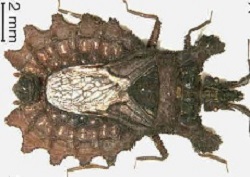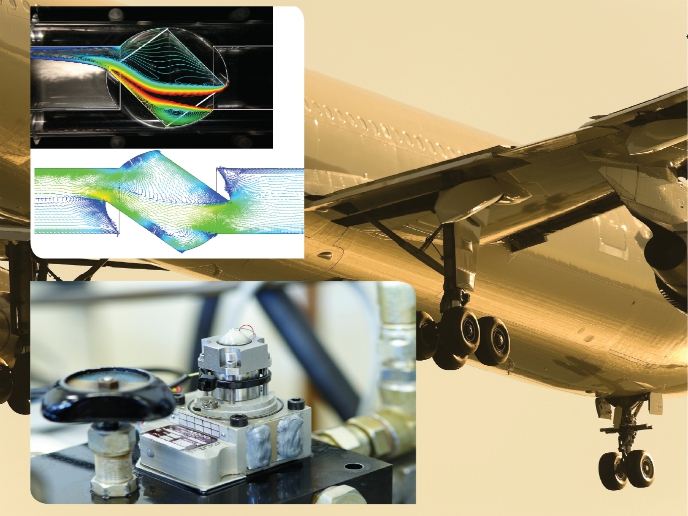A new look at the magic square
In the 1950s, Belgian mathematician Jacques Tits introduced for the first time what Hans Freudenthal would much later call the magic square. This was, in essence, a 4x4 table with the 'identity cards' for sub-geometries of a projective geometry that had already been constructed, except for the very last entry. Since then, the geometries of the magic square, also known as Freudenthal-Tits magic square, have been intensively studied over complex numbers with tools from algebraic geometry and representation theory. In the EU-funded project GELATI (Geometry of exceptional Lie algebras à la Tits), mathematicians explored a new approach. The researchers focused on the geometries of the second row of the Freudenthal-Tits magic square and proposed a uniform geometrical description of the analogues over arbitrary fields. The axioms established are a more abstract version of those formulated in the past to characterise quadratic varieties over fields containing a finite number of elements. To achieve this generalisation, the GELATI team started from the geometry of the first cell of the second row. The definition of the smallest complex variety was generalised to arbitrary fields and further to all dimensions. The next step was to consider, instead of conics, so-called hyperbolic quadrics in an odd-dimensional space and parabolic quadrics in an even-dimensional space. The GELATI project's results that will contribute to a better understanding of the geometrical meaning of the Lie algebras have been detailed in several scientific publications.







